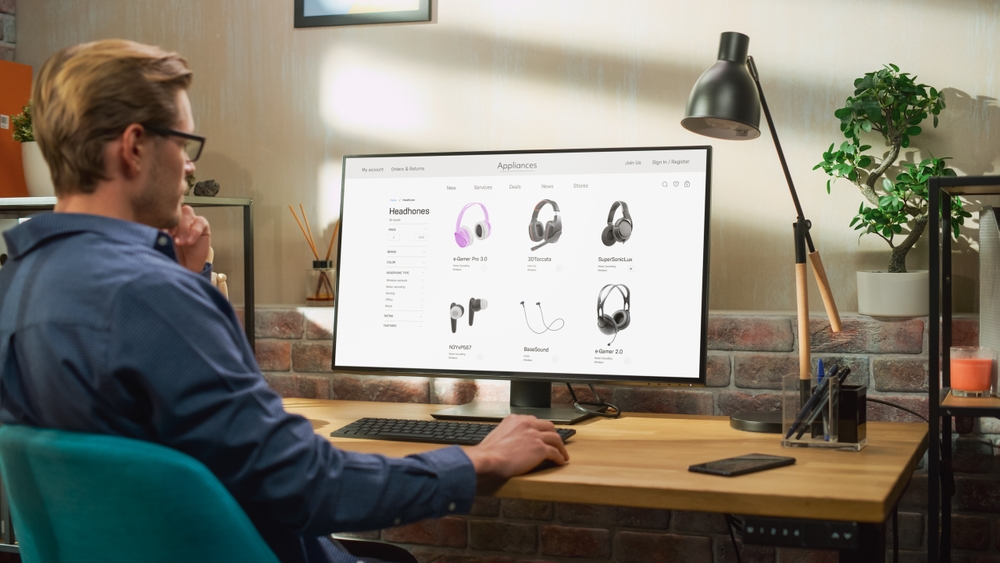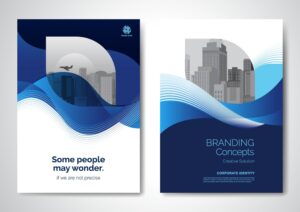Enhancing User Experience Through Web Graphic Design
Introduction
In the digital landscape, web graphic design plays a crucial role in enhancing user experience (UX). A well-designed website not only captivates users visually but also ensures seamless interaction and satisfaction. This blog explores how web graphic design contributes to an improved user experience, focusing on key design elements and best practices.
The Importance of Web Graphic Design in UX
What is Web Graphic Design?
Web graphic design involves creating visual content for websites, including layout, imagery, typography, and interactive elements. Its primary goal is to ensure that users find the website aesthetically pleasing and easy to navigate. Effective web graphic design enhances UX by creating a cohesive and engaging online experience.
Why UX Matters
User experience (UX) refers to the overall experience a user has while interacting with a website. A positive UX is crucial for retaining visitors, encouraging engagement, and driving conversions. Good UX design focuses on usability, accessibility, and satisfaction, making it an integral part of any successful website.
Key Elements of Web Graphic Design That Enhance UX
1. Visual Hierarchy
Visual hierarchy involves arranging design elements in a way that guides users’ attention to the most important information. By using size, color, contrast, and spacing effectively, designers can create a clear and intuitive flow of information. This helps users quickly find what they’re looking for and improves their overall experience.
2. Intuitive Navigation
Navigation is a fundamental aspect of web design that directly impacts UX. A well-designed navigation system should be easy to use and understand. Incorporating clear labels, logical menu structures, and prominent call-to-action buttons helps users navigate the site effortlessly, reducing frustration and enhancing satisfaction.
3. Responsive Design
With the increasing use of mobile devices, responsive design has become essential. Responsive design ensures that a website looks and functions well across various screen sizes and devices. By adapting layouts, images, and interactive elements, designers can provide a consistent and enjoyable experience for users on desktops, tablets, and smartphones.
4. Consistent Branding
Consistency in branding helps build trust and recognition. Consistent use of colors, fonts, and imagery reinforces a brand’s identity and creates a cohesive visual experience. This consistency helps users feel more comfortable and familiar with the site, enhancing their overall experience.
5. High-Quality Imagery
Images play a significant role in web design, impacting both aesthetics and UX. High-quality, relevant images can make a website more engaging and visually appealing. They should be optimized for fast loading times to avoid negatively affecting site performance. Effective use of imagery enhances the user experience by making content more relatable and visually stimulating.

6. Accessible Design
Accessibility ensures that all users, including those with disabilities, can interact with a website effectively. Incorporating accessible design practices, such as providing alternative text for images, ensuring sufficient color contrast, and using keyboard-friendly navigation, helps create an inclusive user experience.
Best Practices for Enhancing UX Through Web Graphic Design
1. Conduct User Research
Understanding your target audience is crucial for designing an effective UX. Conduct user research to gather insights into user preferences, behaviors, and pain points. This information will guide design decisions and help create a website that meets users’ needs and expectations.
2. Test and Iterate
Continuous testing and iteration are key to refining UX. Regularly test your website with real users to identify areas for improvement. Gather feedback, analyze user behavior, and make necessary adjustments to enhance the design and overall user experience.
3. Focus on Performance
Website performance affects UX significantly. Ensure that your web graphics are optimized for fast loading times to prevent delays and frustration. A well-performing website provides a smoother experience and keeps users engaged.
4. Prioritize Usability
Usability is a core component of UX. Design with the user in mind, prioritizing simplicity and ease of use. Avoid cluttered layouts, complex navigation, and confusing interactions. A user-friendly design enhances overall satisfaction and encourages return visits.
Conclusion
Web graphic design is a powerful tool for enhancing user experience. By focusing on visual hierarchy, intuitive navigation, responsive design, and consistent branding, designers can create websites that engage users and provide a seamless experience. Implementing best practices and continuously refining your design ensures that your website meets users’ needs and stands out in the digital landscape. Ready to enhance your website’s UX through expert web graphic design? Contact us to start your project today.
For more insights on improving UX through web design, check out Smashing Magazine for design tips and resources, or visit Nielsen Norman Group for UX research and best practices.
Explore more related articles to deepen your understanding and make informed choices about graphic design techniques
Why Custom Website Development is Essential for Your Brand
How to Choose the Best Graphic Design Services for Your Business







